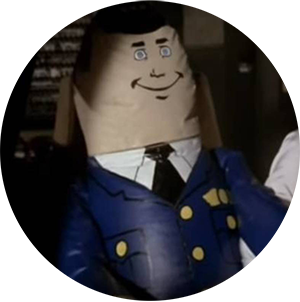-Dylan, in the clouds
November, 7th 2020
The first iteration of this project was first published Oct.27, 2017. I decided to revisit it partly as an effort to transition my old blog to this one but mostly due to seeing the wonders Jonni Walker has been doing w/ firefly styling. Good lord does the 'blur' option help with luminescence!
Why D.C.? Well, when I wrote this, I lived there. But it's also a damn well documented city. Most cities don't a readily available shapefile for the cities streetlights. D.C. sure does!
The building data here is from opendata.dc.gov, and is wildly more detailed than I had use for. 3D modelers rejoyce. That data was simplified via Mapshaper and worked into mbtiles with Tippecanoe. The later allows more custom control with how tiles are rendered from geojson's.
The match GIF came from Giphy, no idea where they got it from unfortunately.
I'd pondered for awhile how I could generate streetlight-esque patterns through manipulating road layers:
In one iteration I was going to make 'fake' streetlights by using road lines but making them 'dotted'; 1 pixel dashes with 10 pixel gaps between them or so. This would allow us to get lights for the whole world, but is terribly unruly and turns into a disaster when there are nearby roads. It also adds a uniformity that no human urban planner could dream to achieve.
Another was to generate millions of random points in QGIS, & then clip it to buffered roads. Never tried this because I thought, again, a random distribution would look unrealistic. Streetlights do have SOME regions of uniformity. Also, too much work. This is play, dammit.
Finally, I apologize to your eyeballs for making an incredibly dark webpage on a site where otherwise every page is a very light grey. Sorry eyeballs!

 Hover for Companion tunes
Hover for Companion tunes

